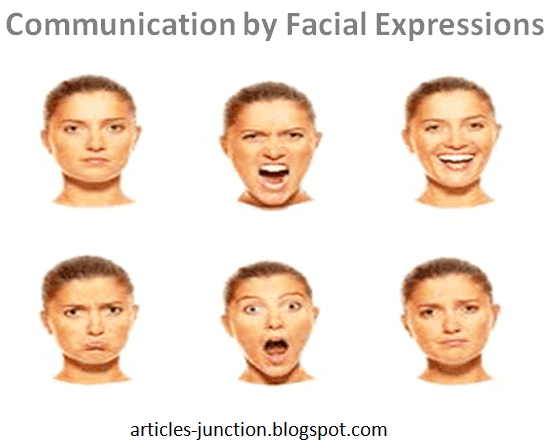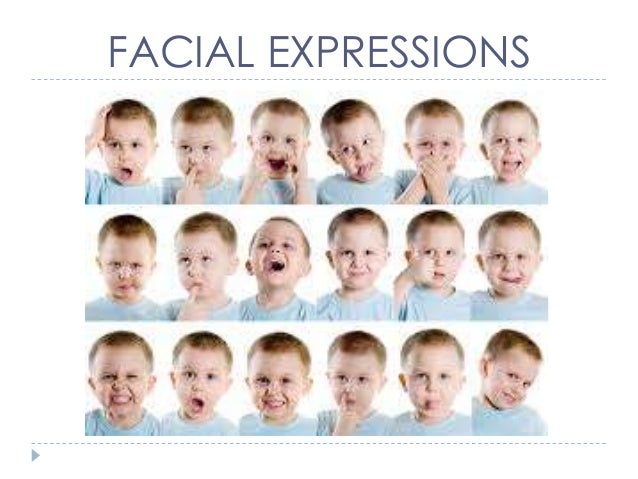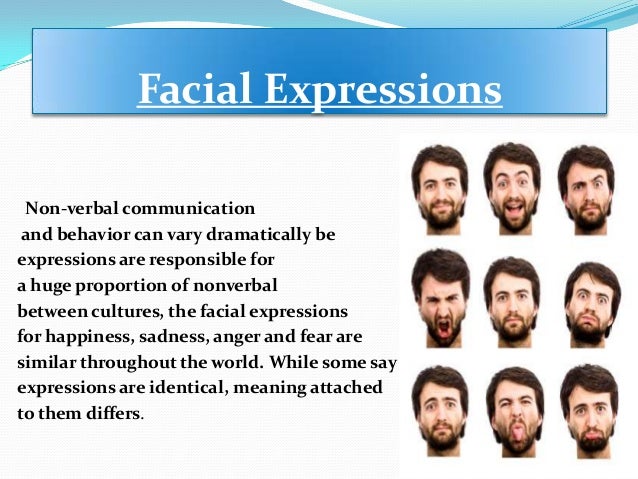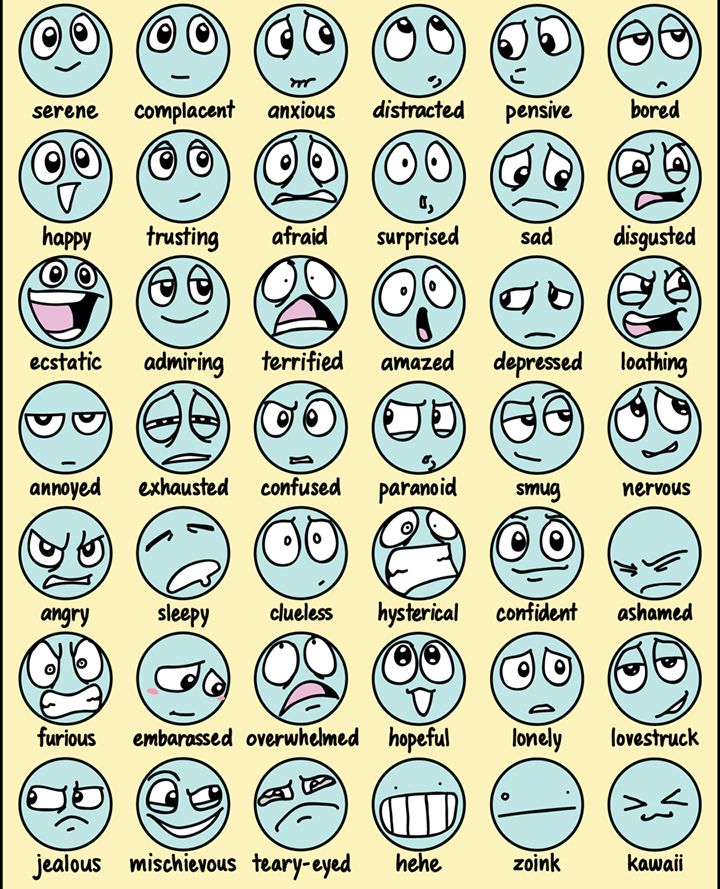


Free nonverbal communication papers, essays, and research papers.
This web site gives you a chance to learn more about nonverbal communication.You can even test your own ability to “read” samples of real nonverbal communication.. Research shows that clues in the nonverbal “channels” of communication (how something is said) are often more important than words alone (what is said).
Nonverbal communication – an overview . Nonverbal communication (as the term implies) is anything other than words themselves that communicates or affects (positively or negatively) the message “contained” in the words.
Nonverbal communication is the act of conveying a thought, feeling, or idea through physical gestures, posture, and facial expressions.A study conducted at UCLA found a majority of communication to be nonverbal, although the study’s exact statistics—which showed only 7% of any message to be relayed through words, 38% …

It’s well known that good communication is the foundation of any successful relationship, be it personal or professional. It’s important to recognize, though, that it’s our nonverbal communication—our facial expressions, gestures, eye contact, posture, and tone of voice—that speak the loudest
Nonverbal communication represents two-thirds of all communications. [dubious – discuss] Nonverbal communication can portray a message both vocally and with the correct body signals or gestures.
According to renowned American psychologist Dr. Paul Ekman, seven basic emotions are widely experienced in different human cultures across the planet.Expressing emotions is not required to be taught.




David Matsumoto, is Professor of Psychology at San Francisco State University and Director of Humintell, LLC. He has studied culture, nonverbal behavior, and emotion for over 30 years and has published over 120 journal articles in peer-reviewed, scientific journals. His books include Culture and
Here’s how to read and use nonverbal communication to convey your messages at work using eye contact, posture, gestures, voice tone, and more.

Facial expressions are vital to social communication between humans. They are caused by the movement of muscles that connect to the skin and fascia in the face. These muscles move the skin, creating lines and folds and causing the movement of facial features, such as the mouth and eyebrows.
